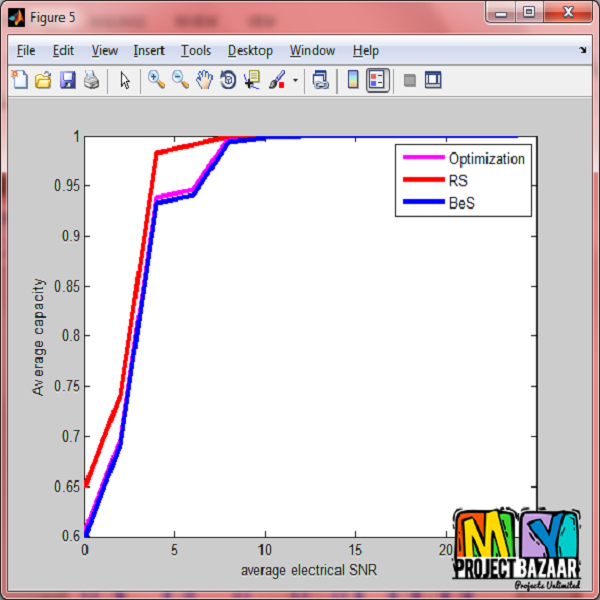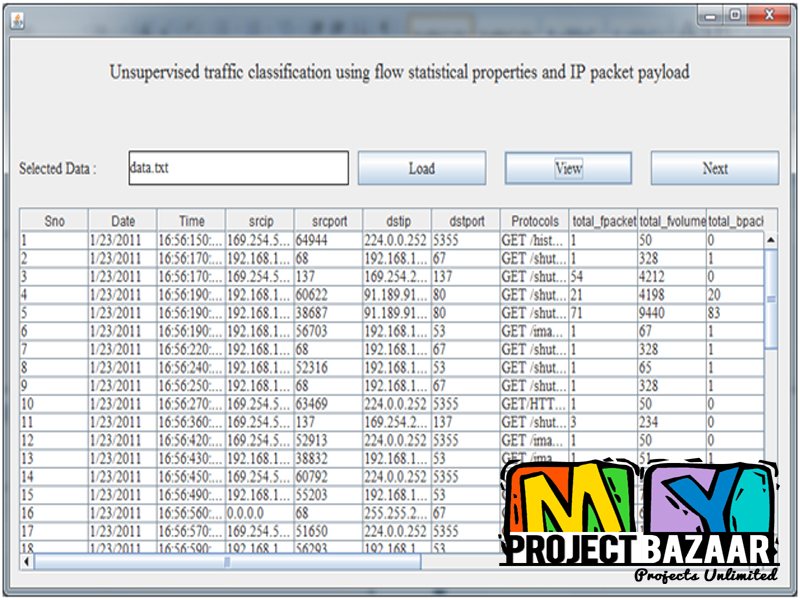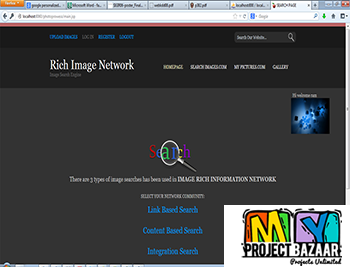
Reducing Pointing Errors in Free-Space Optical Communication Links over Turbulences with a Partially Coherent Gaussian Beam
Product Description
Reducing Pointing Errors in Free-Space Optical Communication Links over Turbulences with a Partially Coherent Gaussian Beam
Abstract—Abstract We present joint investigation of the effects of a spatially partially coherent Gaussian beam and aperture averaging on the performance of free-space optical (FSO) communication systems from an information theory perspective. A theoretical model is proposed to determine the optimum beam width of a partially coherent beam (PCB), for maximizing the average channel capacity in FSO links subject to atmospheric turbulence and pointing errors (PEs). While increasing the receiver aperture size can be considered as a simple approach to mitigate the PE loss, we demonstrate that the PCB exhibits vastly contrasting characteristics under different atmospheric channel conditions, and illustrate the importance of a feasible beam width optimization technique for achieving the maximum capacity. We show that a notable average capacity improvement of up to twofold can be achieved with the proposed method, for a given jitter variance, particularly in the moderate-to-strong turbulence regime.< final year projects >
Including Packages
Our Specialization
Support Service
Statistical Report

satisfied customers
3,589
Freelance projects
983
sales on Site
11,021
developers
175+Additional Information
| Domains | |
|---|---|
| Programming Language |

















